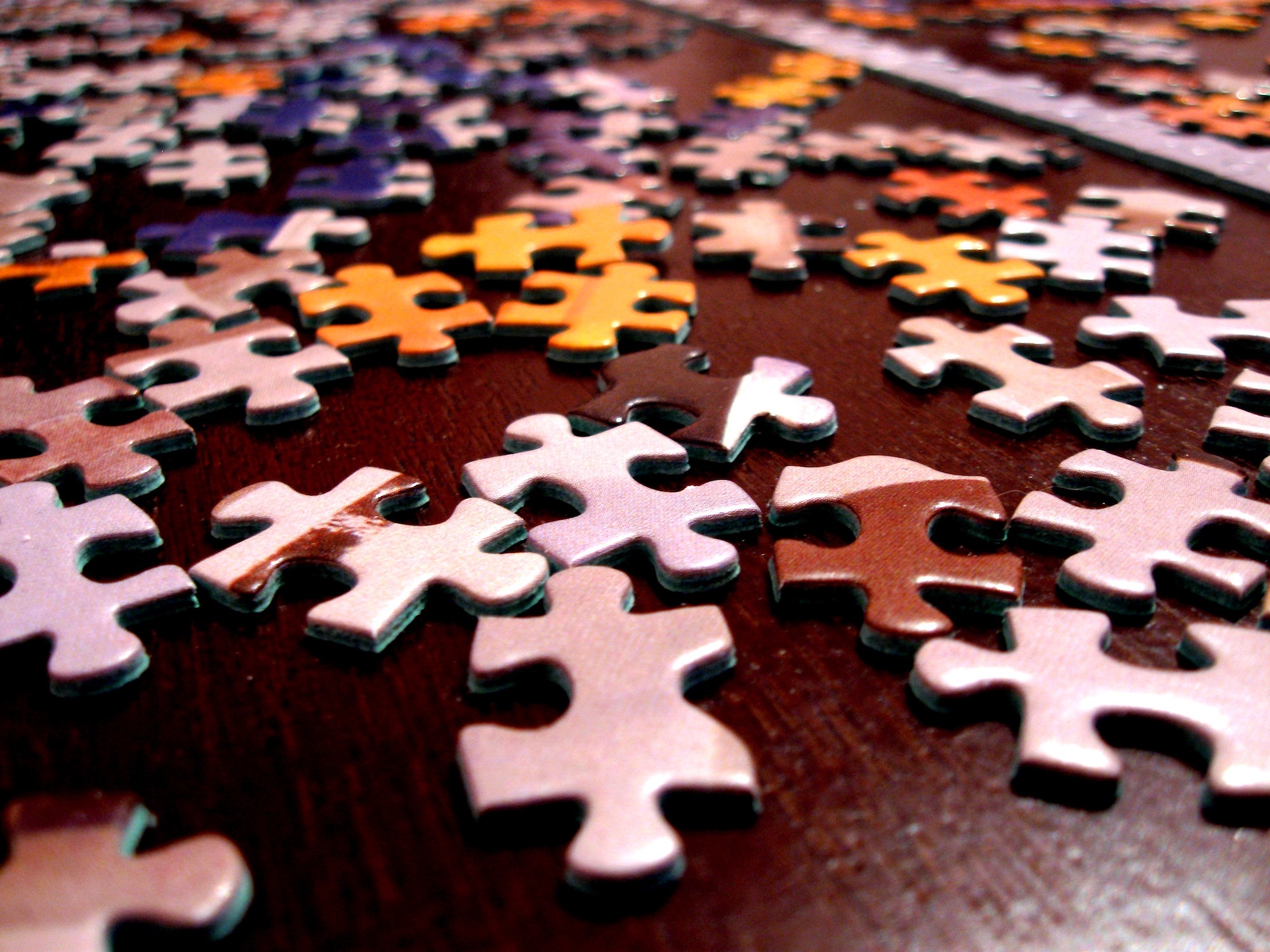We’ll tell you what to look for in a puzzle and where you can find one.
One of the hottest sellers during the COVID-19 crisis is probably something that was also around during the pandemic of 1918: jig-saw puzzles. Retailers report that puzzles are flying off the shelves in the same frequency as toilet paper and hand sanitizer. If you are new to puzzles, there are some things you need to know. Puzzle size, design, and ability level are all important things to consider when picking out a puzzle.
What Size Should I Get?
If you’re buying puzzles for younger children, 250–500 pieces is a good size to start, while a good size puzzle for a family project is 1000 pieces. This puzzle size will be challenging for all members of the family but easy enough for the little ones to participate. First-timers should also avoid puzzles without a lot of color variation like oceans or greenery.

Courtesy Adobe Stock
Not All Brands Are Created Equal
Puzzle aficionados have favorite brands based on design, material, and cut. Two of the most popular brands are Ravensburger and Buffalo. These companies make puzzles in a wide variety of designs and sizes, and experienced puzzlers appreciate their consistency and quality. With lower quality brands you may find pieces that don’t fit together properly or boxes filled with excess puzzle “dust.”
Where Can I Get One?
Puzzles have been sold out on Amazon and other big retailers for several weeks, but Puzzle Warehouse and Serious Puzzles are two websites that are still shipping them. The designs are limited to Christmas scenes and bird species, but they are brand new. Reach out to friends and relatives to see what they have in their closets. Grandma might have a bunch of puzzles that she hasn’t touched you can borrow, or you can also start a puzzle share with friends in the neighborhood. Just make sure to put your puzzle out in the sun or place it in quarantine for a couple of weeks before you use it.
If you don’t have a lot of table space, you can buy a puzzle mat or cut up an old yoga mat. The puzzle pieces will adhere to the mat surface so you can roll it up when you need to use the table.
Have you and your family been putting puzzles together? Do you have any more tips for buyers and first-timers? Tell us in the comments!
